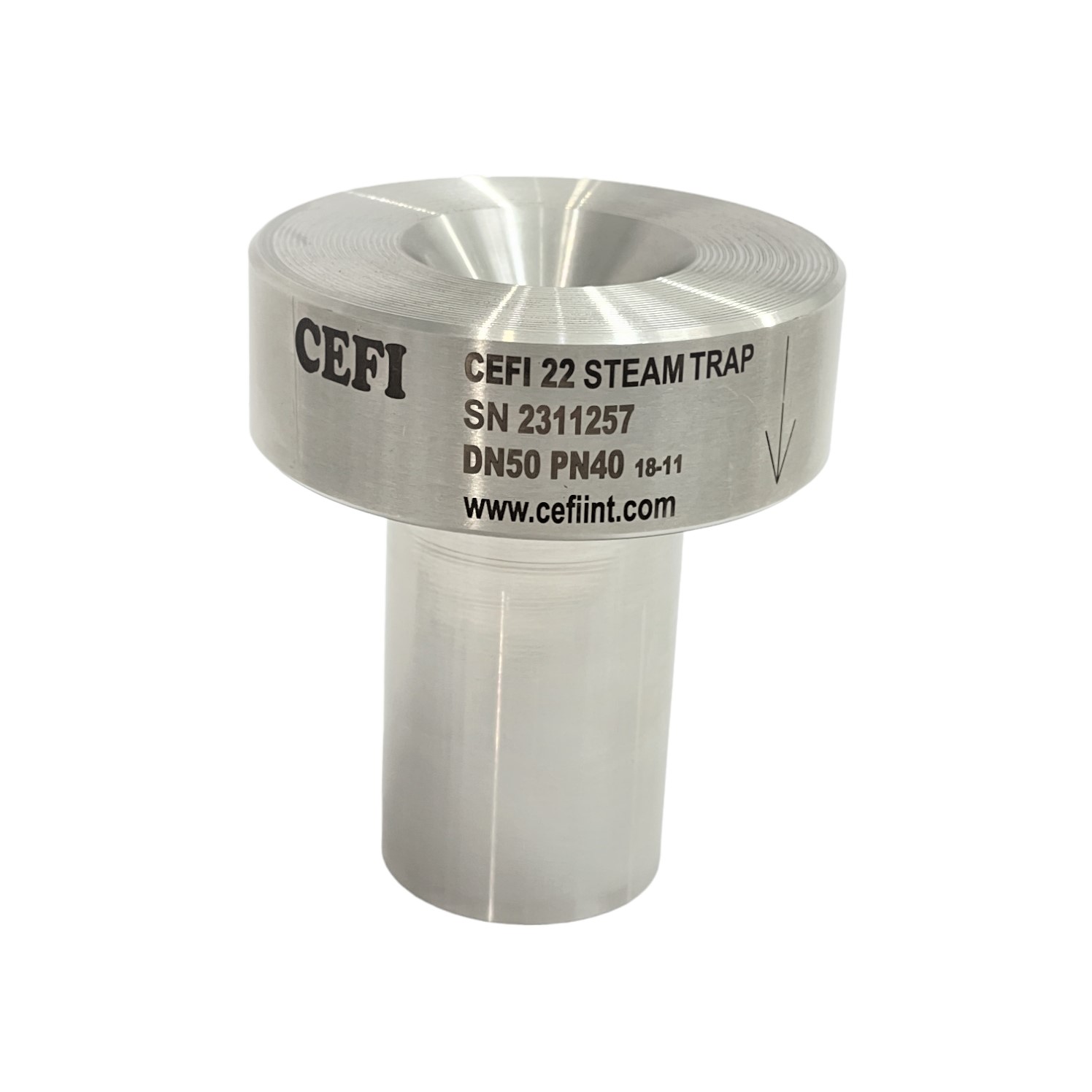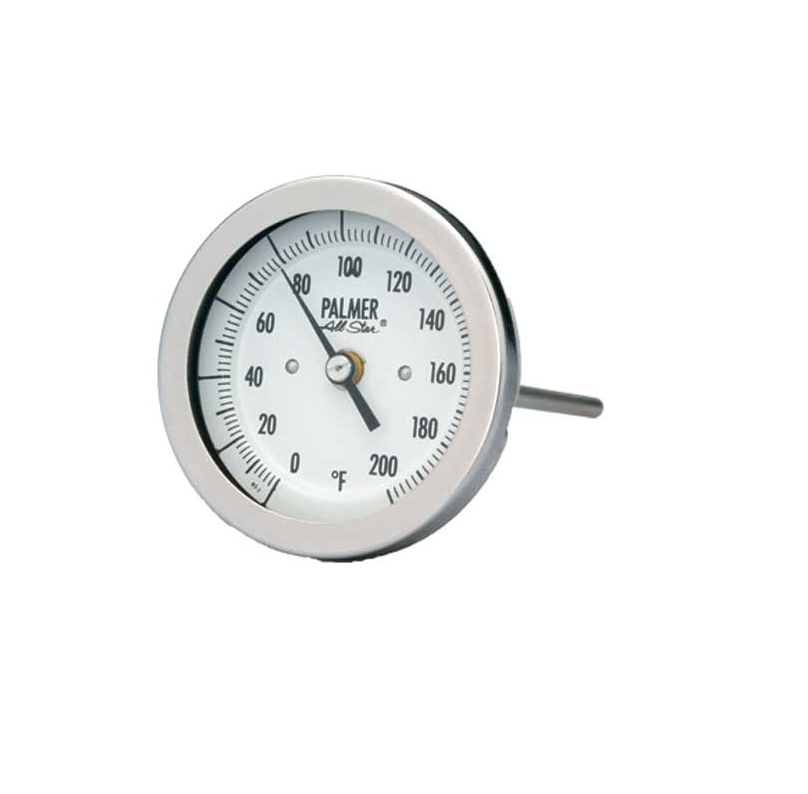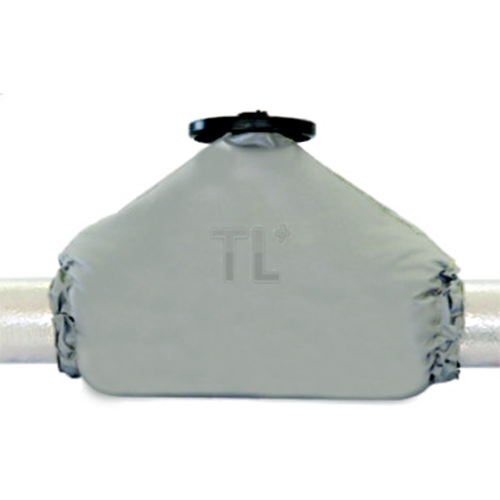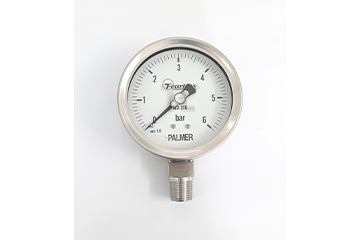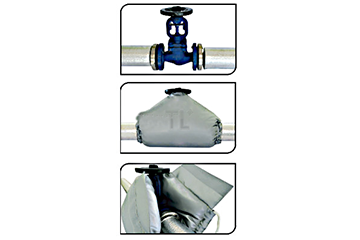- Hotline: 0909 981 890
OUR PRODUCTS We Serve The Best Solutions
HISTORY ABOUT THE TL PLUS
Along with the general global trend of reducing carbon emissions to the environment, reducing production costs, optimizing system operation, the essential need to apply energy saving solutions, ... TL Plus Company was established in 2015 with the mission of accompanying customers "bringing technology solutions and lasting value to customers".
TECHNICAL
WHY USE STEAM?
There are three main forms of energy used in industrial processes: electricity, direct heat, and steam.
STRUCTURE OF PRESSURE GAUGE
Pressure display dial: Displays measured value and pressure unit. 2. Dial: Indicates the pressure inside the system and the display dial. 3. Bourdon tube: Expands according to the pressure inside the system. 4. Connection: Connection between the system to be measured with pressure gauge. 5. Link: Converts the elastic state of the bourdon tube into the rotation of the clock hands. 6. Screws: Use to fix the display face. 7. Case: Protects the mechanical structure inside the watch. 8. Protector: Transparent glass or plastic material to protect the pressure display dial. 9. Gasket: Seals between the housing and the guard. 10. Mounting Ring: Mount between the pressure display dial and the guard face. 11. Seal: Used to fill oil for the purpose of reducing the movement speed of the internal mechanical mechanism, during operation. It is necessary to cut the small knob above so that there is no condensation, pressure inside the watch during operation.
TL PLUS ENGINEERING COMPANY LIMITED
Address:
Head Office: 123/4 Thanh Loc 40 Street, Thanh Loc Ward, District 12, Ho Chi Minh City, Vietnam
Central Office: Nguyen Nghiem Street, Nghia Thuong Commune, Tu Nghia District, Quang Ngai Province, Vietnam
Registered Address: 115/49 Thanh Loc 37 Street, Quarter 1, Thanh Loc Ward, District 12, Ho Chi Minh City, Vietnam
Tel: 0084 028 7301 2032
Email: sales@tlplus-engineering.com
Website: www.tlplus-engineering.com
SERVICES
Copyright © 2020 Technical TL +





